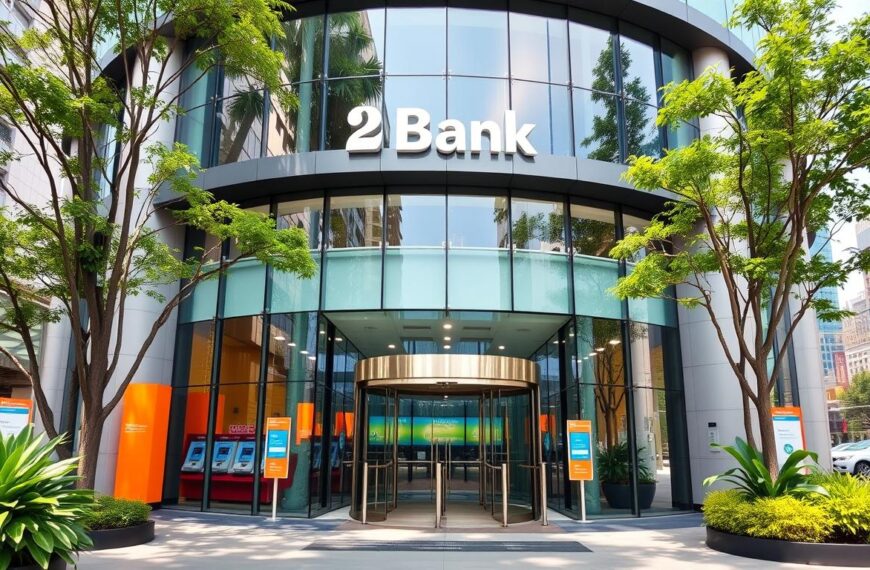Getting ready for retirement means balancing investing and planning well. First, check your finances, set goals, and make a timeline. This helps you manage pension planning and investment strategies for a good life after work1.
It’s smart to split your pension into three parts. Use cash for now, income-generating investments for money flow, and growth investments for inflation. The “4% rule” is a good guide for how much to take from your savings each year2.
Start investing early and put as much as you can into tax-advantaged accounts like 401(k)s and IRAs. In 2024, you can contribute up to $23,000 to a 401(k) or 403(b) plan. This goes up to $23,500 in 20251. If you’re 50 or older, you can add $7,500 more in 2024 and 2025. Those 60 to 63 can add $11,250 in 20251.
Spread your investments across stocks, bonds, real estate, and wealth management. This makes your retirement more stable and less dependent on savings2. Being frugal and saving automatically also helps build enough for retirement2.
Understanding the Foundations of Retirement Planning
Retirement planning is key to a secure future. It starts with knowing your finances and setting goals. It involves five main steps: figuring out expenses, setting time frames, calculating returns, assessing risk, and planning your estate3.
Assessing Your Current Financial Status
Start by adding up your assets and debts to find your net worth. Experts say you might need £1 million for retirement. Others suggest saving 12 years’ worth of income or following the 4% rule3.
Tracking your income and spending can show where to cut costs. This boosts your financial health3.
Setting Realistic Financial Goals
Retirement costs are usually 70% to 80% of what you spend before retiring. But, some think you might need 100% due to rising costs3. Setting clear goals based on how long you might live and your lifestyle is vital.
Make both short-term and long-term savings plans. Think about how your finances might change over time.
Creating a Comprehensive Timeline
Life expectancy can be estimated using actuarial tables. This helps plan for a long retirement3. A detailed timeline for different life stages and financial goals is essential for reaching your retirement goals3.
“Successful retirement planning relies on calculating after-tax real rates of return to determine if a portfolio can produce the needed income.”3
Managing your finances well and setting realistic goals are the base of a good retirement plan. Knowing your finances and planning a timeline are key steps to a secure future.
The Power of Early Investment Strategies
Investing early is crucial for a strong retirement. Compound interest can lead to amazing long-term growth in your savings4. For example, saving £463 a month for 20 years in the UK could grow to £462,616 by retirement4.
Start with a mix of investments as soon as you can. This mix should include growth-oriented assets like stocks and stable options like bonds4. Index funds offer wide market coverage, and regular portfolio rebalancing keeps your mix right4. Keep a long-term view, knowing that market ups and downs are normal and can be good for buying4.
Good risk management is vital for retirement planning. Diversifying your investments helps reduce risks and increase returns over time4. Tools like mobile apps can help track your investments and finances, helping you make smart retirement plans4.

The sooner you invest, the more time your money has to compound and grow. Using early investment strategies can greatly increase your retirement savings, securing a better financial future4.
Building a Diversified Investment Portfolio
Planning for your financial future means having a well-diversified investment portfolio. This approach helps reduce the impact of market ups and downs. It makes your investment returns more stable and reliable5. By spreading your investments across different types, like stocks and bonds, you can match your risk level and goals6.
Balancing Growth and Income Investments
A good retirement portfolio has both growth and income investments. Stocks can grow your money over time5. Bonds and dividend shares give you regular income for your retirement5. Finding the right mix depends on your needs and how much risk you can take.
Understanding Risk Tolerance
Your risk tolerance is key to your investment strategy. Knowing how you handle market changes is vital for reaching your financial goals6. A financial adviser can help figure out your risk level and create a portfolio that fits it6.
Asset Allocation Strategies
Asset allocation means spreading your investments across different types, like stocks and real estate. This strategy aims to balance risk and return7. The right mix depends on your age, how long you can invest, and your risk comfort level. For example, a mix of 60% stocks, 35% bonds, and 5% cash is often suggested for those in their 60s5. Regularly checking and adjusting your portfolio keeps it on track with your goals and risk level6.
Creating a diversified investment portfolio is an ongoing task. It needs regular checking and updates as your situation and the market change. By focusing on diversification, risk, and strategic allocation, you can make your investments stronger. This leads to a more secure and prosperous retirement7.
Maximising Tax-Efficient Investment Vehicles
In today’s economy, with high inflation and low interest rates, using tax-efficient investments is key. Tax-advantaged accounts help reduce risk and increase returns. This is crucial for both investing and planning for retirement.
ISAs are a top choice, with an annual allowance of up to £20,000 for 2023/24 and 2024/25. They let you grow your savings without paying tax8. Workplace pensions also offer great benefits, with contributions up to £23,500 or £30,500 with catch-up. The total contribution limit for 2025 is £70,000, rising to £77,500 with catch-up9.
Using a ‘bonus sacrifice’ strategy can save on tax and boost your pension. Tax-loss harvesting also helps by offsetting gains and lowering tax bills9.
In the UK, there are more tax-efficient options like Venture Capital Trusts (VCTs). They offer up to 30% upfront tax relief on investments up to £200,000 per tax year8. The Enterprise Investment Scheme (EIS) and Seed Enterprise Investment Scheme (SEIS) provide 30% and 50% income tax relief on investments up to £1 million and £100,000 per tax year, respectively8.
| Investment Vehicle | Tax Relief | Investment Limit |
|---|---|---|
| Individual Savings Account (ISA) | Tax-free growth and withdrawals | £20,000 per tax year |
| Workplace Pension | Tax relief on contributions | £23,500 or £30,500 with catch-up contributions |
| Venture Capital Trust (VCT) | 30% upfront tax relief | £200,000 per tax year |
| Enterprise Investment Scheme (EIS) | 30% income tax relief | £1 million per tax year |
| Seed Enterprise Investment Scheme (SEIS) | 50% income tax relief | £100,000 per tax year |
By using these tax-advantaged accounts and strategies, investors can grow their savings and investments. This prepares them for a secure financial future9810.
“Effective retirement planning requires a strategic approach to maximising tax-efficient investment opportunities.”
Managing Cash Flow and Income Generation
To have a secure and comfortable retirement, managing cash flow and income is key. Understanding and managing cash flow11 is crucial. You need to map your income sources, like pensions and investments, against your expenses, such as housing and food11.
Establishing Emergency Funds
Having a strong emergency fund is vital for unexpected financial challenges in retirement. Aim to save enough for 3-6 months’ expenses12. This ensures you have quick access to money for emergencies12.
Creating Multiple Income Streams
Diversifying your income can reduce risks. Consider passive income, like rental properties or part-time work12. A mix of income streams boosts your financial resilience and flexibility in retirement.
Budgeting for Retirement
Creating a detailed retirement budget is key for managing cash flow and securing your future. Include both essential and discretionary expenses, like travel and hobbies11. Regularly review and adjust your budget to match lifestyle changes or local cost increases11. A balanced and flexible budget lets you enjoy your retirement without financial worries.
FAQ
What is the key to balancing investing and retirement planning?
To balance investing and retirement planning, start by knowing your current finances. Set goals and make a timeline. Divide your pension into cash, income, and growth pots.
How do I calculate my net worth and track my finances?
First, calculate your net worth by adding up your assets and subtracting liabilities. Keep track of your income and expenses each month. This helps you find ways to save money. Then, set financial goals based on how long you want to live and the lifestyle you desire.
Why is early investment crucial for long-term financial stability?
Investing early is vital for a secure retirement. It uses compound interest to grow your money faster. Start with a mix of stocks for growth and bonds for stability. Always check and adjust your investments to keep them balanced.
How do I build a diversified investment portfolio?
A good portfolio mixes stocks, bonds, and real estate. Choose based on how much risk you can take and when you plan to retire. Include bonds and shares that pay dividends for regular income. Keep your portfolio balanced by adjusting it regularly.
What are the tax-efficient investment vehicles I should consider?
Use tax-efficient investments to grow your retirement savings. Max out your workplace pension, especially if your employer matches it. Consider ‘bonus sacrifice’ to save on taxes and boost your pension. Also, use a Stocks & Shares ISA for tax-free growth.
How do I manage my cash flow and generate additional income streams for retirement?
Start by saving 3-6 months’ worth of expenses in an emergency fund. Look for ways to earn extra money, like from investments or renting out property. Plan your retirement budget for both needs and wants. Being frugal helps you save more without giving up too much.

















